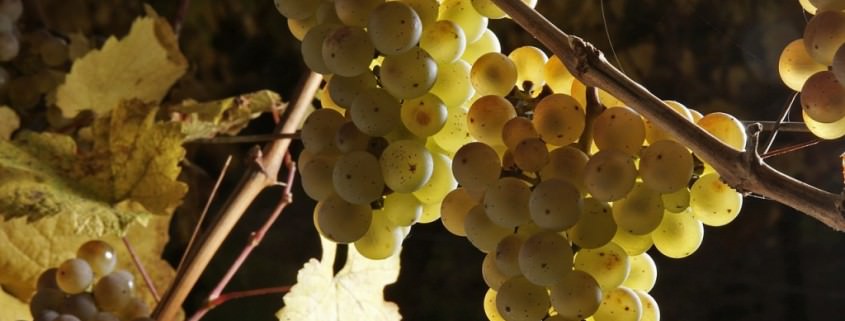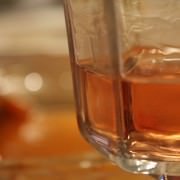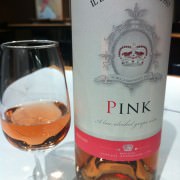Fungus and Wine: A Surprisingly Sweet Treat
The word “fungus” sounds disgusting in itself, but for some winemakers, it is the key to making the perfect dessert wine. Botrytis Cinerea, otherwise known as “noble rot”, is an airborne fungus that dusts grapes when the weather heats up and humidity is high. The question remains, how do producers take advantage of the invasion of the fungus?
Three things that make a good harvest for dessert wine are: high temperatures, an increase of humidity and lack of rain. The fungus produces itself, lays on the grapes and pokes through the skin, causing the grape to lose water. The shrinking grapes might seem like a disaster, but the rise of sugar content within is a jackpot for winemakers. They pick the fruit, process the grapes and deliver the wine to your establishment for consumers to enjoy.
The high sugar content makes for a rapid fermentation process. Alcohol content rises until about 14%, where the yeast dies and leaves behind the sugar, accounting for the sweet taste. Amplified sugar levels also translate to higher alcohol, making dessert wines high in alcohol content. Many say that the fungus helps wines have more of a honey flavoring, cancelling out the acidity.
Winemakers beware, because using the full potential of the fungus can get risky. If the weather turns and the season becomes a rainy one, grey mold can develop and ruin the grapes. Once the grapes are subjected to the wet weather, there is no way to salvage the remains. Some winemakers plan for the disaster, keeping extra fungus stocked to apply to unharmed grapes in order to turn a profit.
- Sommelier Surge in Restaurants - August 7, 2015
- 3 Up-and-Coming Restaurant Industry Trends - August 6, 2015
- Millennial’s Impact on the Wine Industry - August 4, 2015





